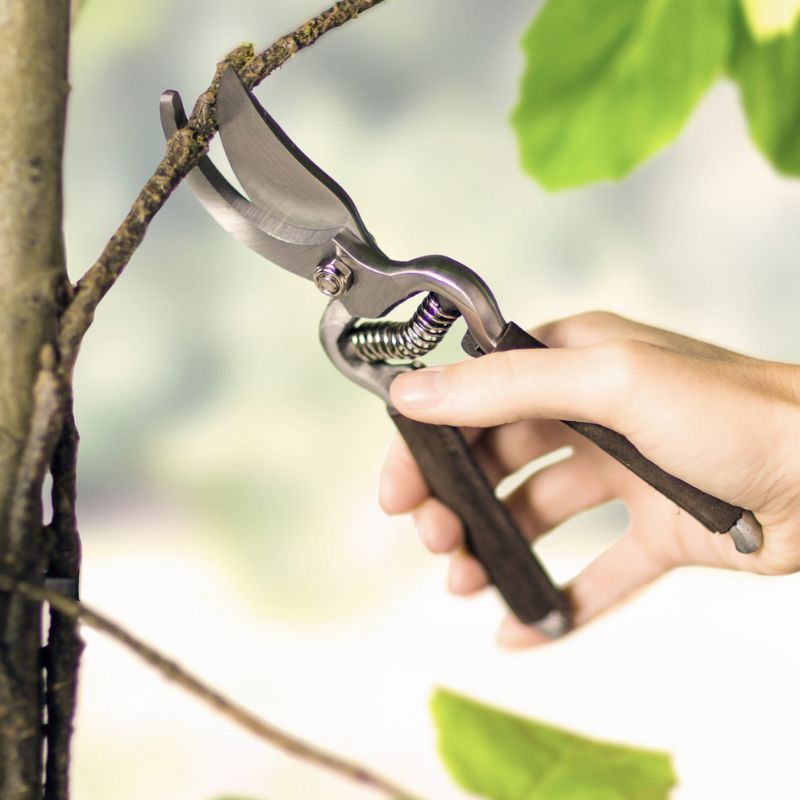Tips to consider when choosing a wildflower seed mixture
Sowing wildflowers is a wonderful way of contributing to biodiversity, bringing a burst of colour and so much joy to any garden landscape. Even a window box or flowerpot can produce a colourful display and host visiting pollinators.

8 points to consider when choosing a wildflower seed mixture
1. Access to sunlight, shaded areas.
Most wildflowers thrive in direct sunlight, so pick an open, sunny area. However, if you have an area that has restricted access to light, our Native Wildflowers for Partially Shaded Areas mix, thrive in areas with less light, common to many garden borders.
2. Soil type
If you know you have a specific soil type, such as acidic soil, you may need particular seeds to ensure that they establish. Other mixtures such as the Annual Pollinator Mix and the Native Butterfly and Bee Mix is suitable for almost all soil types, and thrive in garden boarders.
3. Annuals v Perennials
Annuals are the easiest wildflowers to sow and establish and will begin to flower eight weeks after sowing. Their showy flower heads will put on an impressive display. See Annual Pollinator Mix and Cornfield Annuals.
Perennials will begin to flower the year after sowing, if managed correctly, these flowers will return year after year.
4. Edible wildflowers
If you wish to forage your flowers for garnishing and decorating different dishes, cakes and drinks, choose an edible wildflower. You will be sure to impress your guests! Borage has a cucumber-like taste. Purple Cornflower has a slightly spicy, clove like flavour with a hint of sweetness. Corn Chamomile, which is found in our Native Cornfield Annual Mix can be made into a calming tea.
5. Conservation Grade Wildflowers
Looking to bring some of Irelands oldest Irish native plants to your garden? The Traditional Irish Native Wildflower Seed Mix is an easy to grow conservation grade seed mix, suitable for most soil types with the exception to very dry soils. By sowing these seeds you are helping to preserve our heritage and vital food sources for native wildlife.
6. Flowering Lawns
Some wildflower species such as those included in our Low Growing 100% Wildflower Seed Mix and the Flowering Lawn Mixture are tolerable to mowing. Maintaining a mowing frequency of one cut every 3 to 6 weeks for the majority of the summer will promote good flowering to create a flower rich lawn.
7. Pots and window boxes
Sowing wildflowers in pots and window boxes are a great way of adding a burst of colour to your garden or balcony. Annual wildflowers are best for sowing in pots and are best sown in spring. See our recommended seeds for pots and window boxes.
8. Sowing rate & quantities
Sowing rates are noted on each product page. Don't be tempted to exceed the recommended sowing rate, a higher than recommended sowing rate may result in more competitive species outcompeting weaker species, while reducing the rate will result in bare ground for weeds to establish. Order some extra seed to fill any gaps or areas that you might have missed.
I hope that whatever wildflower seed you choose will bring you great pleasure, and the satisfaction that you are doing good, and creating a better natural environment.














